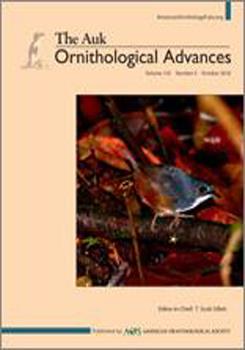Migratory connectivity describes linkages between breeding and non-breeding areas. An ongoing challenge is tracking avian species between breeding and non-breeding areas and hence estimating migratory connectivity and seasonal survival. Collaborative color-ringing projects between researchers and citizen scientists provide opportunities for tracking the annual movements of avian species. Our study describes seasonal survival and migratory connectivity using data from more than 4,600 individuals with over 51,000 observations, predominantly collected by citizen scientists. Our study focuses on the Eurasian Oystercatcher (Haematopus ostralegus), a species that has experienced a substantial and ongoing decline in recent decades. Multiple threats have been described, and given that these threats vary in space and time, there is an urgent need to estimate demographic rates at the appropriate spatio-temporal scale. We performed a seasonal multi-state (5 geographical areas within The Netherlands) live- and dead-recoveries analysis under varying model structures to account for biological and data complexity. Coastal breeding populations were largely sedentary, while inland breeding populations were migratory and the direction of migration varied among areas, which has not been described previously. Our results indicated that survival was lower during winter than summer and that survival was lower in inland areas compared with coastal areas. A concerning result was that seasonal survival of individuals over-wintering in the Wadden Sea, an internationally important site for over-wintering shorebirds, appeared to decline during the study period. We discuss the outcomes of our study, and how citizen science was integral for conducting this study. Our findings identify how the demographic rates of the oystercatcher vary in space and time, knowledge that is vital for generating hypotheses and prioritizing future research into the causes of decline.
How to translate text using browser tools
14 February 2019
Seasonal survival and migratory connectivity of the Eurasian Oystercatcher revealed by citizen science
Andrew M. Allen,
Bruno J. Ens,
Martijn van de Pol,
Henk van der Jeugd,
Magali Frauendorf,
Kees Oosterbeek,
Eelke Jongejans
ACCESS THE FULL ARTICLE

The Auk
Vol. 136 • No. 1
January 2019
Vol. 136 • No. 1
January 2019
citizen science
migratory connectivity
multi-state
partial migration
program MARK
seasonal survival





